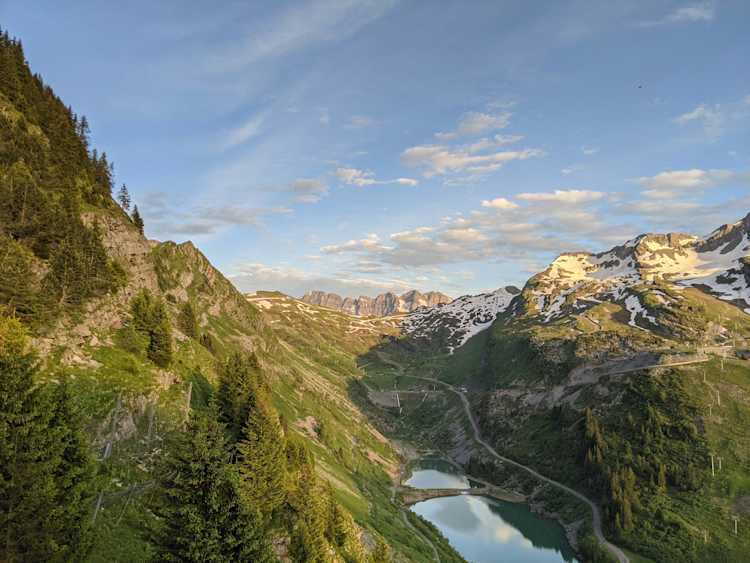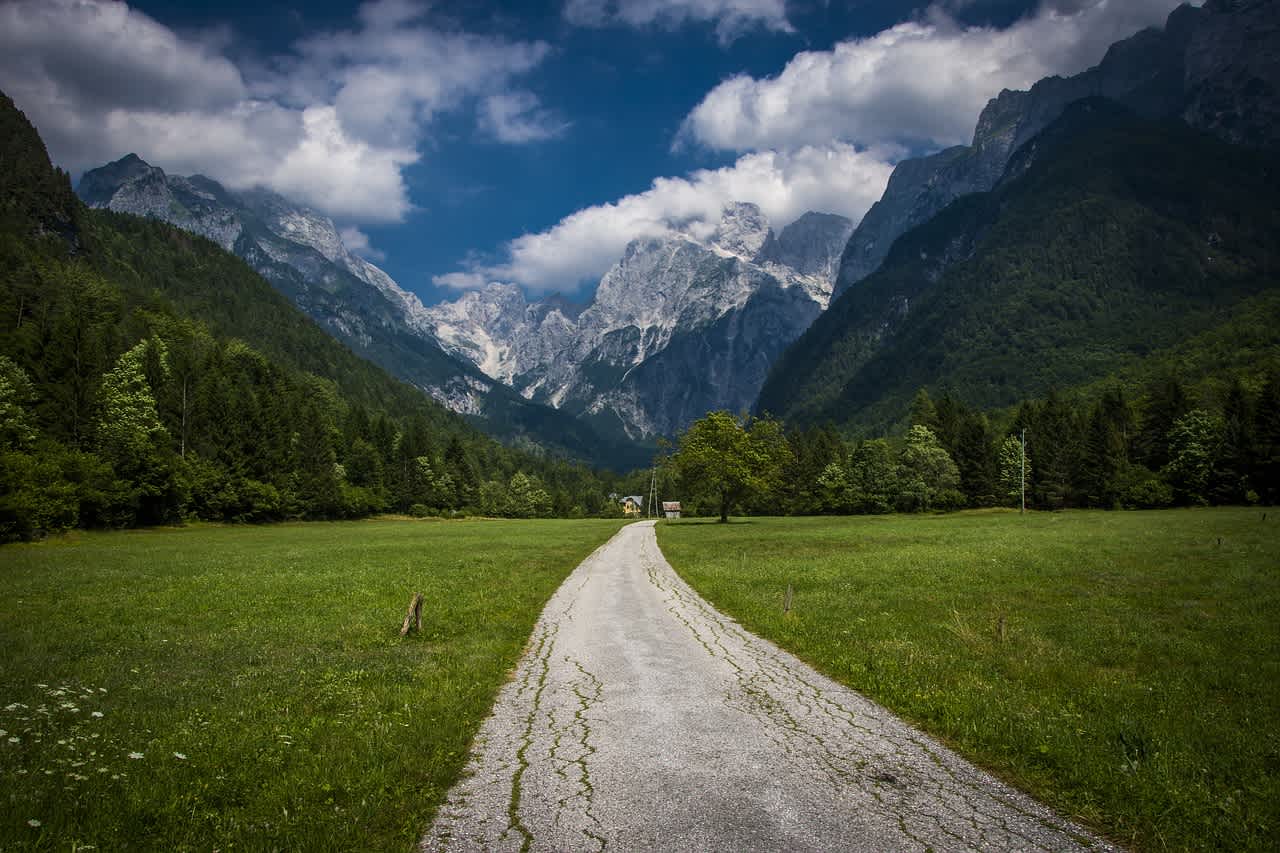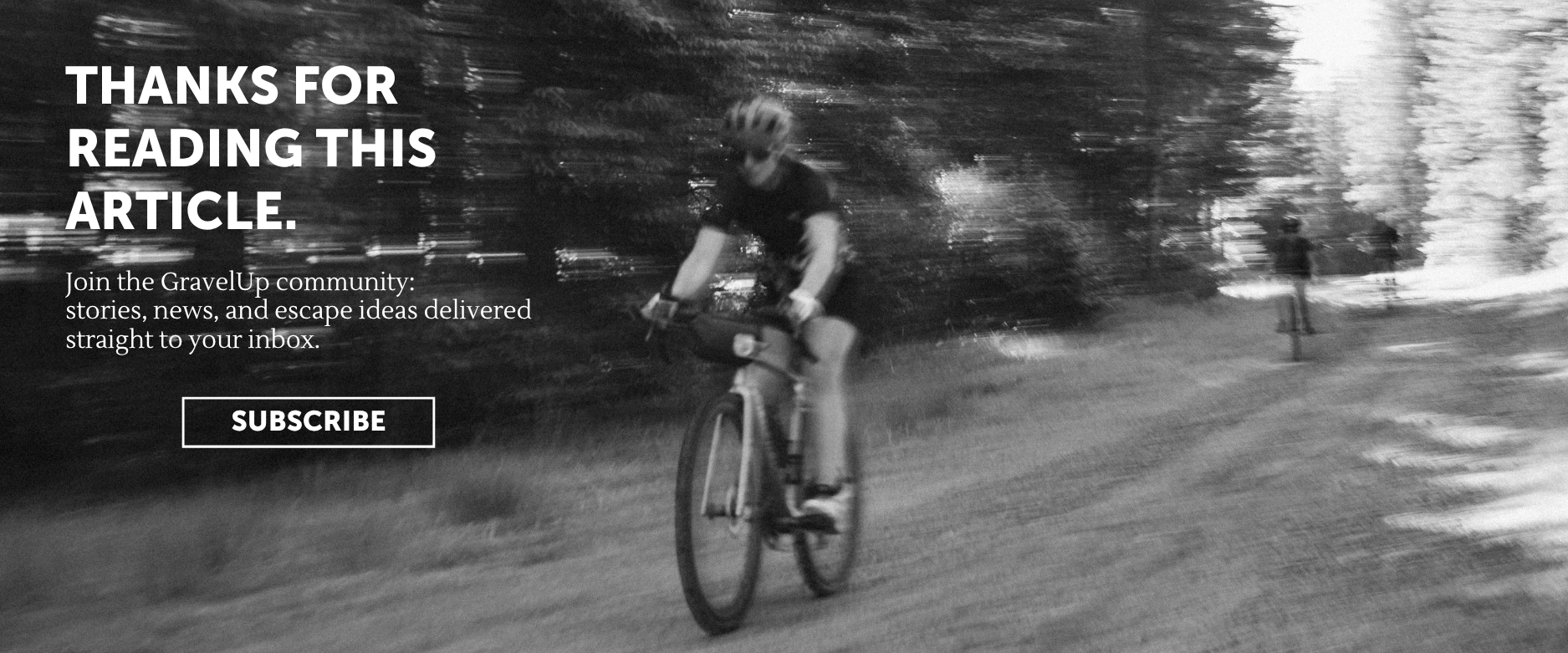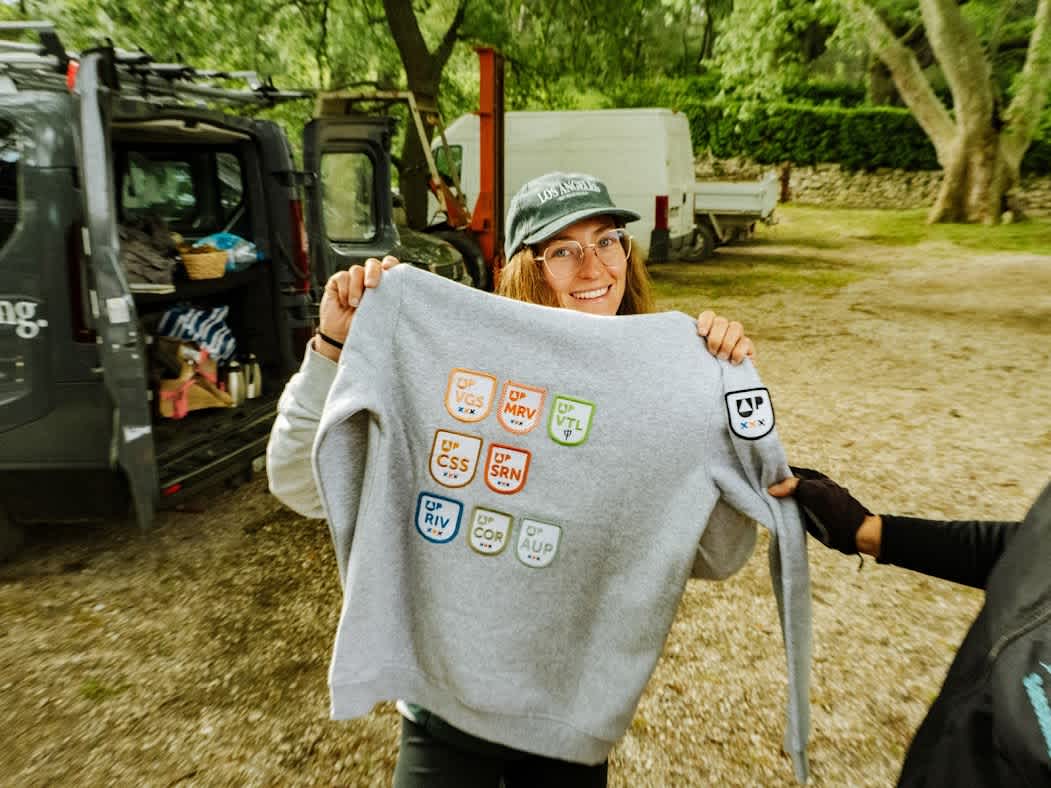Travel through the Alps by gravel bike - breathtaking scenery awaits you!

The Galibier, Alpe d’Huez, the Iseran and the Izoard… just like the Pyrenees the Alps is full of iconic cols, each with their own mythical history. Cycling in the Alps is an almost obligatory pilgrimage for cyclists to make during their riding careers, and has been enticing riders of all shapes and sizes and on all types of bikes since the beginning of the Tour de France.
Majestic snow-capped mountains and lush green valleys dotted with beautiful villages, the Alps is always enchanting and often challenging! If that sounds appealing for your next gravel adventure, we’ve put together 3 Parks within the Alps to whet your appetite - the Vanoise and Ecrins National Parks and the Mercantour Natural Park. Three exceptional places to ride, and an unforgettable adventure all but guaranteed.
The Vanoise National Park - a pristine paradise for gravel riders at the heart of the Alps

Deep in the Tarentaise valley in Savoie, the Vanoise was the first National Park to be protected in France. Known for its pristine alpine pastures, meadows and peaks, with dazzling glaciers and abundant wildlife. A real playground for anyone into the outdoors, and a measure trove for those on a bike who’d like to get far from the usual routes. Mountain trails, legendary cols and lush valleys - everything you need for an alpine adventure on two wheels!
Must sees near the Vanoise:
Pralognan-la-Vanoise
- explore this little alpine village, nested at the heart of the park and surrounded by majestic peaks.
Mont Cenis lake
- on the French-Italian border, this manmade lake of turquoise blue glacial meltwater is surrounded by summits. An ideal starting point for adventures on foot and two wheels.
Tarentaise valley
- well known as the home of Frances highest ski resorts including Val d’sere, Tignes and Les Arcs, the Tarentaise is also awesome in summer. You can enjoy almost every outdoor sport possible, including MTB, hiking, parapente, climbing… All with a rich flora and fauna and a breathtaking backdrop of mountains for your adventures!
The Col d’Iseran
- at 2764m of altitude, the Iseran is the highest paved col in the French Alps. With panoramic views that will take your breath away and a wild nature all round, its the ideal starting point for hiking. Not forgetting the climbing the col by bike - the ultimate two wheeled challenge!
Warning - in some areas of the Vanoise National Park bikes (inc gravel and MTB) ARE NOT allowed due to trail erosion. The environment in the Park is incredibly fragile and this must be respected. However all is not lost and bikes are allowed on certain trails. You can find out more at the National Park website in French.
The Ecrins - a spectacular setting for an alpine gravel challenge.

Nestled between the alpine departments of Hautes-Alpes and Isere, the Ecrins National Park in a real gem - an ecrin in French is a backdrop and a jewellery box! An abundance of 4000m+ peaks and glaciers are separated by steep and deep valleys, giving an incredible and unique biodiversity and breathtaking landscapes. The often challenging trails and climbs you’ll find here are more than worth it for the views, and the Ecrins more than lives up to its name.
Must sees near the Ecrins National Park:
The Col de Galibier
- this mythical col at 2642m has often featured in the Tour de France, including in 2024. It’s one of the most revered climbs for road cyclists, and climbing either side offers impressive views of the surrounding summits. There’s also some gravel trails that will take you towards the summit!
The Guisane valley and Briancon
- home of the Serre Chevalier ski area, this valley is heaven for road, gravel and mountain biking. Briancon, a UNESCO world heritage site, is at the entrance to the valley and the fortified city of Vauban above the town is not to be missed.
The Oisans valley
- in the south of the Ecrins National park, the Oisans valley is a real cyclist’s playground, with twisting and turning trails and steep, challenging climbs. The Alpe d’Huez climb is one of the most famous and revered, often featuring the the Tour de France. As well as a satisfying challenge, you’ll find spectacular views of the surrounding mountains and lovely villages in which to refuel.
Le Mercantour - gravel heaven reaching from the sea and the mountains

Where the French Italian border meet the Med you’ll find the Mercantour National Park, another incredibly varied and wild protected area of France. It’s an extremely colourful region, thanks to the colours of the Mediterranean Sea, the numerous crystal clear alpine lakes and the craggy peaks you’ll find here.
Keep your eyes peeled as you journey through this region as it has an incredible biodiversity as a result of numerous wildlife re-introduction programs. You’re likely to see bouquetins and chamois (2 types of mountain deer) clinging to the cliffs, and bearded vultures soaring above you.
Once night has fallen you’ll be treated to a stellar display if it’s clear as the Mercantour is one of only 14 sites in the world to be recognised and protected as an International Dark Sky Reserve.
Must sees near the Mercantour:
The village of Saint-Martin-Vesubie
- nicknamed Swiss-Nice thanks to it’s forest setting in the Mercantour. Explore the medieval centre, admire the surrounding meadows which stay lush thanks to the snowmelt from the mountains high above and take in the surrounding pine and larch forests.
Cime de la Bonette
- one of the highest roads in Europe at a whopping 2860m above sea level, this is the ultimate road climb to tackle on a bike. And for an extra challenge, you can also climb it on gravel! You’ll find many hairpins, spectacular views and the charming village of Saint-Etienne-de-Tinee to explore.
The Tinee valley and Isola 2000
- another ski resort that transforms itself into a summer MTB heaven, there’s loads of road and gravel bike routes here too… the medieval village of Isola is worth a visit for its rich history and architecture.
Five considerations for you to best prepare your gravel adventure in the heart of the Alps

A little preparation goes a long way, and will help you make the most of your gravel trip to the heart of the Alps.
Here’s some handy advice to help you prepare:
1. Take the right kit
As soon as you’ve decided to set off on an adventure, choosing the right kit to take with you is super important.
In the Alps you’ll need a bike that can take anything you and the trails can throw at it. Your gravel bike will need tough tyres with good tread to deal with rocky trails, and powerful brakes for those alpine descents. Before you set off, take your bike for a once over at you local bike shop so that its in perfect working order.
If you don’t have a gravel bike yet you can rent one from us! You’ll find our fleet of traditional and electric gravel bikes, from French manufacturer Origine, on our rental page.
You’ll need clothes that are breathable and comfortable, with layers so that you can adapt as quickly as the weather might change in the mountains. Don’t forget your water/wind proof layer!
2. Plan your route
You’ll need a map or GPS to navigate with for all adventures. In the mountains this is especially important, as the trails aren’t always well signposted and you don’t want to find yourself lost. Make sure you check out the points of interest on or near your route that you don’t want to miss, and always have some reference points to keep you en route.
3. Ride safe.
Any kind of riding in the Alps can be challenging, particularly gravel. Make sure you have some fitness and some kms in the legs before you tackle any alpine climbs, you’ll enjoy your trip so much more! Don’t be scared of changing your plans and routes depending on how you are feeling, and the weather of course.
Even if legally it’s not obligatory, wearing a helmet is highly recommended when riding gravel, as well as carrying a small first aid kit with you. Better safe than sorry.
4. Stay hydrated
Temperatures change fast in the mountains, the sun is really strong, and you’ll spend a fair while riding uphill! Staying fuelled and hydrated is crucial, so make sure you carry enough water and snacks for your ride. Don’t forget electrolytes and some salty snacks to help avoid cramp.
5. Respect
Bike-packing might be one of the greenest ways to travel, but we still need to take care of our impact on the fragile environments we travel through. Make sure you leave only tyre tracks by taking all your rubbish with you, even banana skins and apple cores.
Take care not to disturb the wildlife that you’ll hopefully see, especially during mating/reproduction periods.
Sometimes restrictions on bike access are in place within Natural and National parks to protect the fragile paths and fauna from erosion. It’s super important to respect these restrictions so that bike access is maintained for others to enjoy these special places.
Discover the French Alps on a Gravel Bike: A Quality Adventure Offered by GravelUp!

From dedicated cyclists to bikepacking enthusiasts, at GravelUp, we are committed to satisfying all types of riding practices. Depending on your level, we will explore the most beautiful destinations in France and Europe on a Gravel bike together, offering customized adventures.
During these adventures, we take care of everything to provide you with an unforgettable Gravel experience: comfortable accommodations, breakfasts, meals and snacks tailored to the effort of cycling, well-being, and cultural visits. Our trips are fully guided, and we also offer high-end Gravel bikes for rent.
All you have to do is embark on the adventure, and GravelUp takes care of the rest.
→ Learn more about the French Alps destination
→ Contact us for a custom travel request



